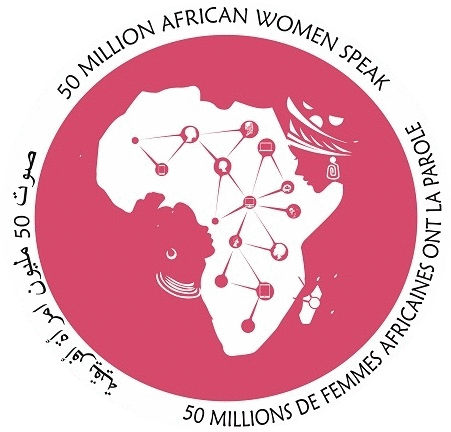Steps to follow to use the RECOS - D.R. Congo
- D.R. Congo
- Resources
- Market Information
- Cross Border Trade
- Steps to follow to use the RECOS
Practical Guide
When can the RECOS be used?
The RECOS can be used by small traders whether or not they are nationals of COMESA countries when:
- They import or export goods whose value per lot is equal to or less than the RECOS threshold of 2000 US dollars.
- Their goods appear on the common lists of products eligible for RECOS, and
- These are goods that traders will sell
Travelers with no goods for sale should not use RECOS.
Traders whose consignments of goods exceed US$2,000 and who would like to benefit from the exemption of customs duties on goods must use the COMESA Certificate of Origin and the usual customs documents.
Assistance for Women by CN-ACT
Women in particular benefit from assistance on:
- Information on market opportunities
- Rights and Obligations in Cross-Border Trade
- Gender respect in customs processes
- Advocacy at borders so that women are checked or searched by other women to avoid any form of harassment against women.
Cross-border trade between the DRC and neighboring countries
The Democratic Republic of Congo (DRC) shares 9165 km of its borders with 9 countries: Angola, Burundi, Congo Brazzaville, Central African Republic, Rwanda, Uganda, Tanzania, South Sudan and Zambia.
Being a member of the Common Market for Eastern and Southern Africa – COMESA , the DRC has since 2016 signed the small cross-border trade agreement called the COMESA-RECOS Simplified Trade Regime to allow small cross-border traders to benefit from duty exemptions customs duty on goods appearing on the common lists of products eligible for RECOS and whose value does not exceed 2000 US dollars.
This approach eliminates the problems that prevented these small traders from benefiting from trade with other COMESA countries (see the list of member countries) . But a problem arises at the level of the application of the common lists of products insofar as the DRC cannot export manufactured products but can only import them (from Rwanda, Burundi and Uganda).
RECOS is a program launched by the Common Market for Eastern and Southern Africa to help small cross-border traders, most of whom are women, to increase the size of their businesses.
The RECOS (COMESA Simplified Trade Regime) aims to simplify customs clearance procedures and reduce the cost of trade transactions by allowing the goods of these small traders to benefit from the elimination of customs duties and COMESA preferential treatment. on the goods appearing on the common lists.
Steps to follow to use the RECOS
- The merchant must first meet the conditions which are among others:
- The goods must be sold in a neighboring country but not in a transit country
- The value of the goods must be less than or equal to 2000 US dollars
- The products must appear on the common list of goods, you do not have to pay any customs duties on the goods which appear on the common list
List of products eligible for RECOS between DRC and Uganda
List of products eligible for RECOS between the DRC and Rwanda
List of products eligible for RECOS between the DRC and Zambia (1)
List of products eligible for RECOS between the DRC and Zambia (2)
List of products eligible for the RCOS between the DRC and Burundi
- The merchant must have all the travel documents: Passport, laissez-passer, substitute, CPGL card, vaccination card.
- Make sure you have the required currency if the destination country has exchange restrictions or controls. You can change your currency at the border.
- Sanitary and phytosanitary certificates must be obtained on the export and import of certain products, in particular agricultural products, animals
- Go through immigration formalities like any traveler allowing you to leave or enter the country where you import or from where you export goods.
- Respect all food safety measures, protection against parasites and diseases.
- Sort your goods in advance according to categories
- Have the COMESA Simplified Certificate of Origin endorsed free of charge by a customs officer for goods on the RECOS list
- Declare the goods on the RECOS list free of charge by completing the simplified customs documents, however goods not listed on the RECOS list are subject to customs duties.
- Be aware that customs duties are different from excise duties, the latter must usually be paid on certain goods as well as value added tax - VAT.





